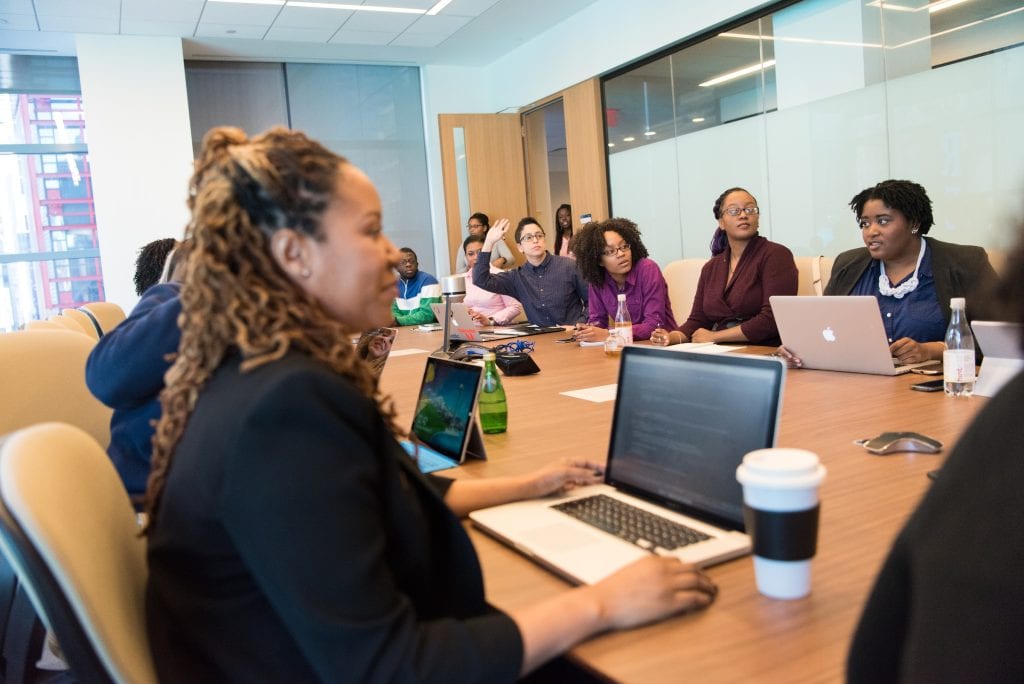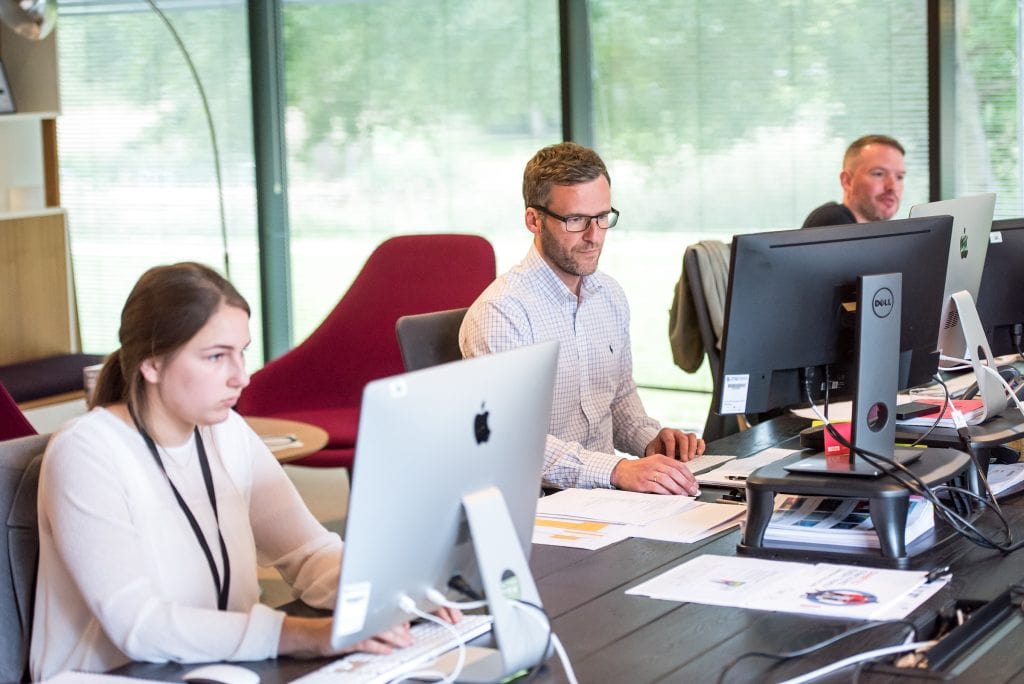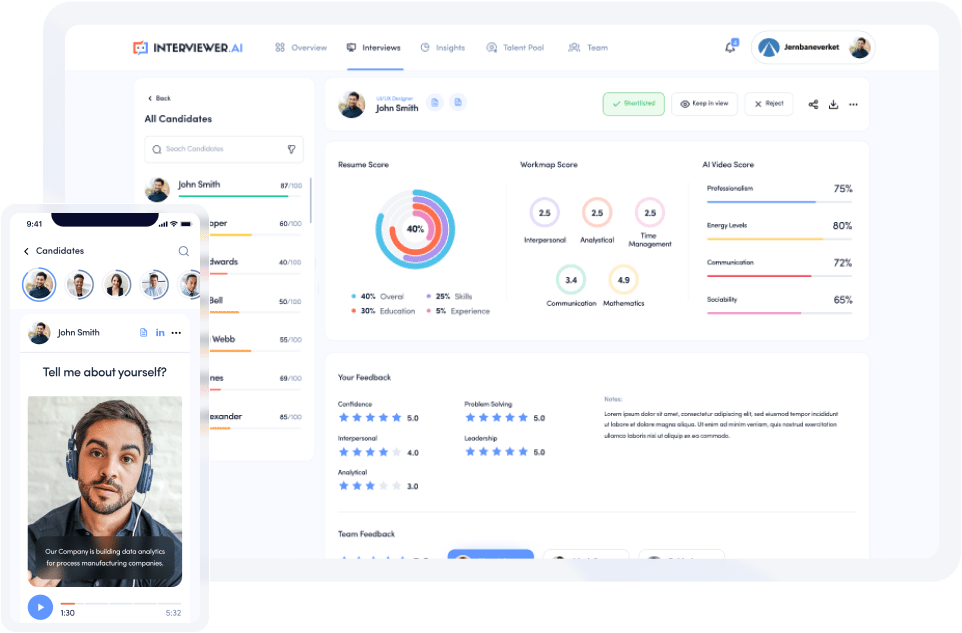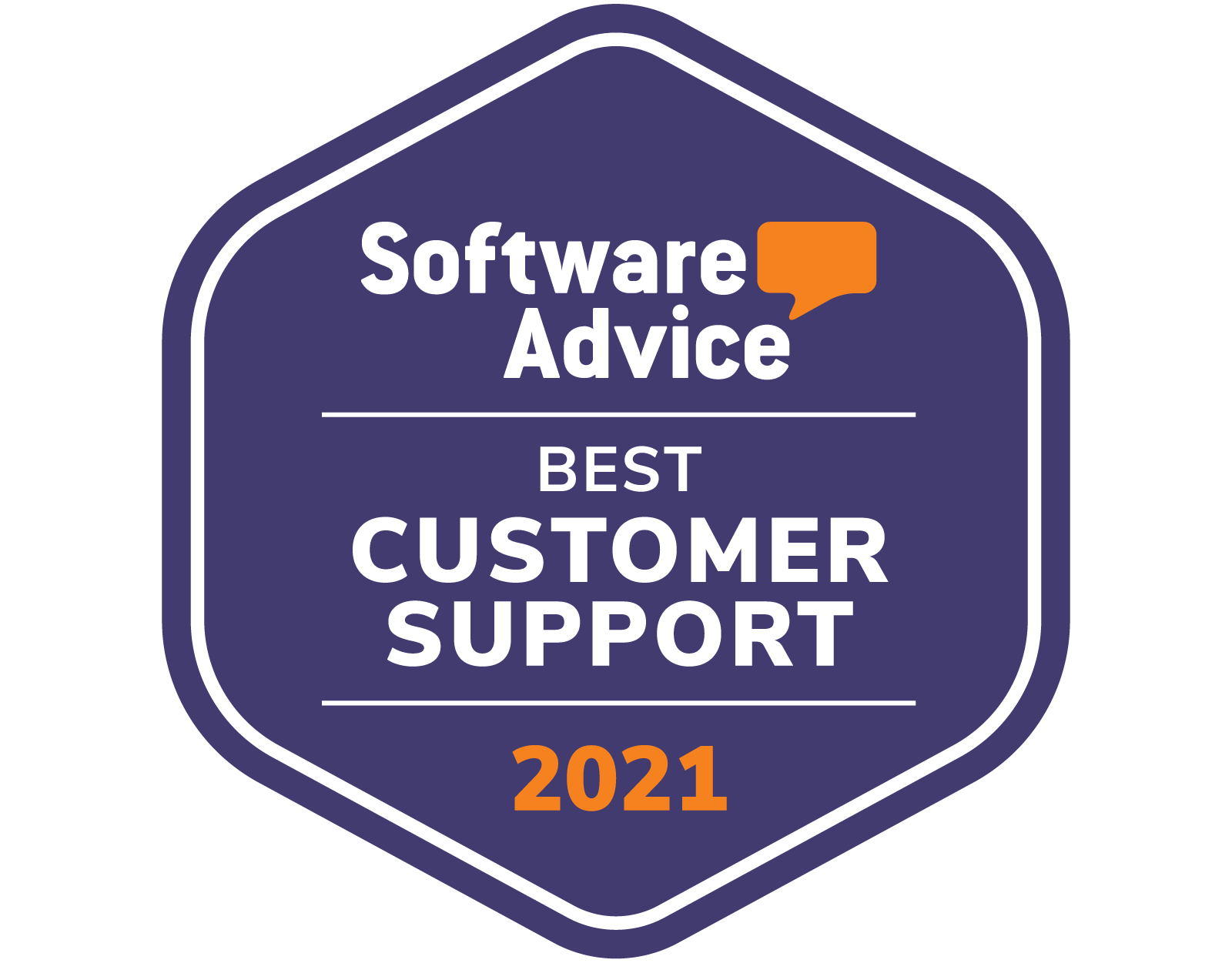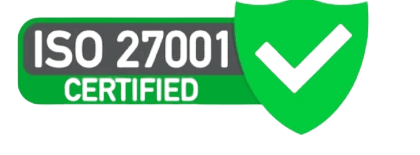In successful organizations, the maintenance department consistently showcases its value through excellent teamwork, emphasizing its pivotal role every day. The strategic importance of maintenance teams cannot be overstated – they are the backbone of keeping operations running smoothly. High-performing maintenance teams lead the way in setting standards and driving organizational success. But how can organizations build such elite teams? The answer lies in targeted training and development initiatives.
Key Components of Effective Training Programs
With only 34 percent of U.S. workers actively engaged in their work, there is a significant opportunity for companies to enhance engagement and productivity through effective training programs. The key is identifying training opportunities that will directly improve staff skills and align with organizational goals.
Targeted training programs allow employees to gain new competencies and sharpen existing ones. For maintenance teams, foundational technical skills like reliability training and safety protocols are crucial, as are continuous leadership and collaboration exercises. Whether it’s courses on new equipment, safety protocols, or troubleshooting methodologies. Equally important is continuous interpersonal and leadership training to improve collaboration and conflict resolution.
The ultimate aim is to enhance productivity. With regular training interventions targeted to employee needs, organizations can transform disengaged staff into motivated learners, primed to take on new challenges. For maintenance teams, improved individual competence quickly translates into higher team performance.
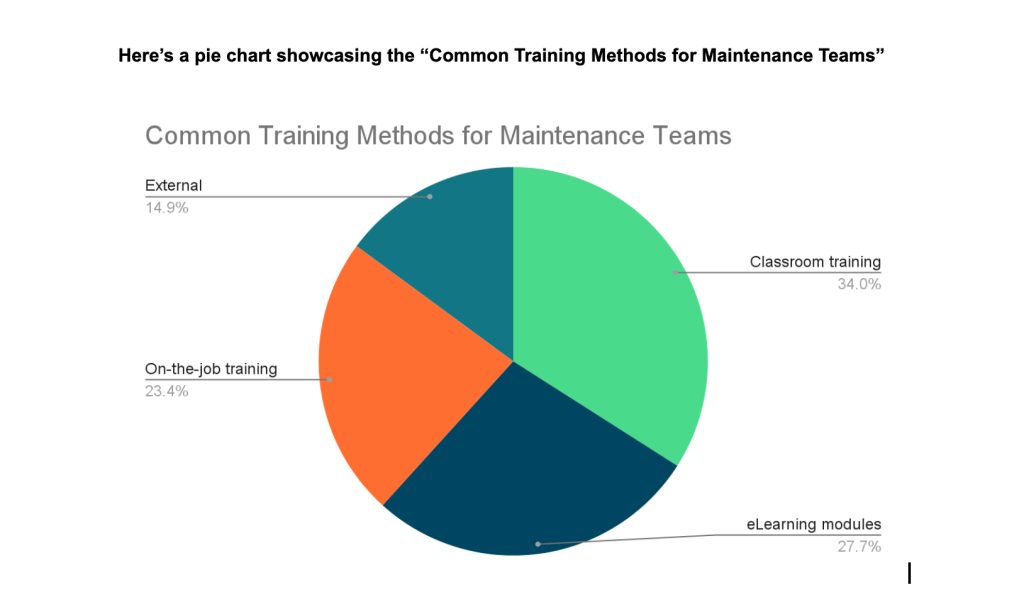
Importance of The Role of Training and Development in Building a High-Performing Maintenance Team
Training and development play a vital role in creating a top-notch maintenance team. They provide essential skills and knowledge that enable team members to excel in their tasks. Proper training ensures that technicians understand the equipment, safety protocols, and efficient repair methods. Ongoing development sharpens their expertise and keeps them updated with new technologies.
- Skill Enhancement: Training and development empower maintenance team members with essential skills, enhancing their ability to perform tasks effectively.
- Equipment Mastery: Proper training ensures technicians understand equipment intricacies, leading to safer and more efficient repairs.
- Stay Updated: Ongoing development keeps the team abreast of new technologies and industry best practices, maintaining their expertise.
- Efficiency Boost: A well-trained team reduces downtime, saving valuable time and resources while enhancing overall efficiency.
- Problem Solvers: Training sharpens problem-solving skills, enabling the team to confidently tackle complex issues.
- Team Collaboration: Training fosters teamwork and effective communication, promoting seamless collaboration within the maintenance team.
- Employee Satisfaction: Investment in training shows appreciation, boosting job satisfaction and employee retention.
- High Performance: A well-trained and developed team ensures excellence, safety, and efficiency in all maintenance operations.
The Process-Oriented Approach to Building High-Performance
While training establishes the foundation, adopting a process-oriented approach is key to unlocking the full potential of maintenance teams. High-performing teams are defined by attributes like interdependence, stability, role clarity, shared responsibility, mutual trust, strong leadership, and a common goal. Implementing robust processes can ingrain these characteristics.
With new equipment, methods, and challenges arriving constantly, change management is critical. Technicians need structured processes not just for technical work but also for interpersonal collaboration. Clear protocols setting expectations around communication, transparency, escalation, and more can enhance team dynamics even through disruptive changes.
Ultimately, the processes should focus on collective goals – like production targets, safety metrics, and cost optimization – rather than individual KPIs. With leadership steering toward shared objectives, combined with skill-building through training, the team can achieve truly high performance.
The Role of Leadership and Conflict Resolution
Processes and training address the technical competencies, but the human element is equally vital. While hierarchical leadership provides direction, shared leadership where everyone embraces ownership is crucial for high-performing teams. This fosters shared purpose and transparency, enhancing cohesion.
Effective leaders also proactively identify and address interpersonal conflicts. For example, experienced technicians might clash with newer trainees. Or team members might have contrasting working styles. Leaders need to implement clear mediation protocols and open communication channels to resolve such conflicts.
With persistent effort, shared goals become ingrained across the team, with individuals aligning their priorities for collective benefit. Collaborative leadership transforms staff into stakeholders, elevating performance excellence.
Measuring the Impact of Training and Development
For organizations to sustain investments in training programs, they need clear indicators that the initiatives are moving the needle on performance. But measurement should emphasize qualitative indicators aligned to strategic goals, not just quantitative job requirements.
For example, training programs should be assessed on their impact on competency development, team learning, employee engagement scores, and collaboration levels. These eventually contribute to quantitative KPIs like cost per labor hour, safety incident rates, production capacity utilization, and so on.
A holistic framework also evaluates softer measures like work culture, employee motivation levels, retention rates, and leadership succession planning. With regular measurement across a spectrum, organizations can make informed decisions on training budgets and interventions to optimize maintenance team capabilities.
Frequently Asked Questions
How can organizations ensure training alignment with maintenance team needs?
Conducting regular training needs analyses through surveys and manager inputs. Include maintenance team members when designing programs to incorporate field insights. Implement training tracking to identify skill gaps.
What are the common challenges faced by maintenance teams?
Insufficient technical expertise, lack of cooperation and siloed work, communication and data transparency issues, resistance to change, inadequate leadership skills, and lack of alignment to organizational goals.
How can organizations measure ROI of training initiatives?
Analyze for direct impact on KPIs like safety, quality, productivity, cost, and downtime. Also evaluate indirect benefits like engagement, teamwork, and leadership capabilities over time.
Why is training important for a maintenance team?
Training equips your team with vital skills and knowledge, boosting efficiency and problem-solving. Well-trained members can handle tasks effectively, prevent breakdowns, and ensure smoother operations.
How does development contribute to a high-performing maintenance team?
Development empowers team members to grow professionally, enhancing expertise and adaptability. This fosters innovation, team collaboration, and a proactive approach, ultimately leading to a more capable and successful maintenance team.
Final Thoughts
From onboarding and technical skills training to ongoing leadership development, comprehensive training and development play a pivotal role in creating elite maintenance teams. Combined with a process-oriented approach, strong conflict resolution, and outcome-focused measurement, organizations can unlock the full potential of their maintenance staff and elevate them to high-performance levels. The result is substantial gains in productivity, efficiency, safety, quality, and achievement of strategic goals.
With proactive efforts toward training, development, and nurturing of robust team dynamics, maintenance crews can serve as the bedrock of organizational success well into the future.

Daniel Martin has hands-on experience in digital marketing since 2007. He has been building teams and coaching others to foster innovation and solve real-time problems. Dan also enjoys photography and traveling.
Learn more about how Interviewer.AI can help your business. Increase your hiring team’s efficiency using a combination of resume scoring, skill assessment, and asynchronous video interviews.
